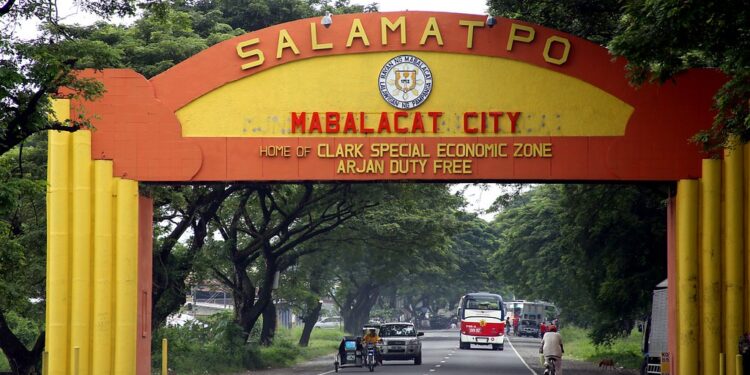Mabalacat is a component city in the northern area of the province of Pampanga.
Under a referendum on July 21, 2012, the former municipality was formally turned into a city as a result, Mabalacat City has become the 3rd city of Pampanga following the City of San Fernando and Angeles City.
Mabalacat City’s name originated from the ancient “balacat” trees which were found in the area. The definition of the word “Mabalacat” is a forest/full of balacats.
History of Mabalacat City
Mabalacat used to be a Barrio/ Barangay of Bambang, now known as Bamban in Tarlac before 1712. In the year 1792, it officially became a town and was called “Mabalacat,” after the balacat tree. When the negrito tribe established their settlement in the area, the area was a forest with balacat trees. “Mabalacat” in the native Kapampangan language means “full of balacats.” The negrito tribe was led by a chieftain name Caragan
There are no official documents that can support how the town started its foundation, however, according to the narratives that were passed down orally across generations the first settlers were purely Negritos led by Caragan.
Caragan wedded Laureana Tolentino and decided to use her family name. Laureana Tolentino was the first ‘cabeza de barangay’ of Mabalacat, a term now known as barangay captain.
Mabalacat used to have four barangays Babangdapu, Duquit, Malabni, and Paglimbunan, and a total of 2,611 people living in the area in 1853.
By the year of 1903, the population of the people living in the area started to increase to 7,049 and by then, Mabalacat already has a total of 19 barangays, Namely, were Bical, Bundagul, Dapdap, Dau, Dolores, Iba, Mabiga, Mamatitang, Mangalit, Matas, Mawaque, Paralayunan, Poblacion, Quitangil, San Joaquin, Santa Ines, Santa Maria, Sapang Balen, and Sapang Biabas. By 1948, the total barangay increased to twenty, and adding to this was the Fort Stotsenburg. Barangay Quitangil was given a new name San Francisco.
In 1860 a military command was constituted by the Spanish authority due to disorderliness and destructions committed by the Negritos (also known as balugas or aetas). The Pampanga towns of Bamban, Tarlac, Magalang, Capas, Concepcion, Victoria, Porac, and Floridablanca and the city of Mabalacat were formed into what was called a “Commandancia Militar”. Though, in 1873 the Military Command reinstated Mabalacat together with the townships of Magalang, Floridablanca, and Porac to the Pampanga.
Under the Republic Act 10164 that the President of the Philippines signed, Mabalacat City became a city and won the Yes votes held on the plebiscite that happened on July 21, 2012.
Barangay
The City of Mabalacat is subdivided into 27 barangays
| Atlu-Bola | Bical | Bundagul | Cacutud |
| Calumpang | Camachiles | Dapdap | Dau |
| Dolores | Duquit | Lakandula | Mabiga |
| Macapagal Village | Mamatitang | Mangalit | Marcos Village |
| Mawaque | Paralayunan | Poblacion | San Francisco |
| San Joaquin | Santa Ines | Santa Maria | Santo Rosario |
| Sapangbalen | Sapang Biabas | Tabun |
Festivals
Pastorella
Popularly known as Misa de Pastores as a tribute to the sheepherders at the birth of Jesus Christ. This is a set of Latin hymns of the 9-day Christmas Masses. Some of Pampanga’s towns stopped doing it; however, in the city of Mabalacat, Pastorella was still practiced by the locals.
Caragan Festival
The festival is being held during the 3rd week of February as part of the month-long celebration of the town fiesta of Mabalacat, Pampanga. This is named after the chieftain of Mabalacat town who is a native Aeta who married a Mabalaquena named Laureana Tolentino. The highlight of the festival is the festivity of wearing traditional Aeta culture.
Historical site and attraction
Kamikaze East Airfield
Kamikaze East Airfield is set in Mabalacat, Pampanga. It’s the same airfield where the Kamikaze aviators took off for their final mission as the official human bombs in October 1944.
More photos of the Kamikaze East Airfield

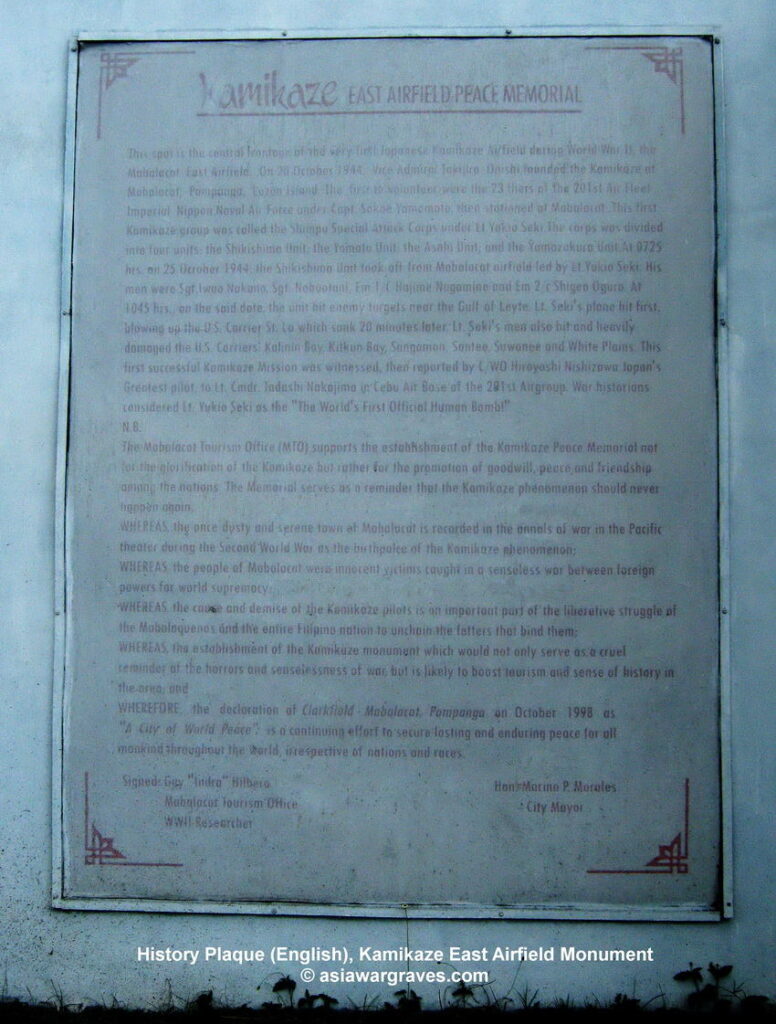
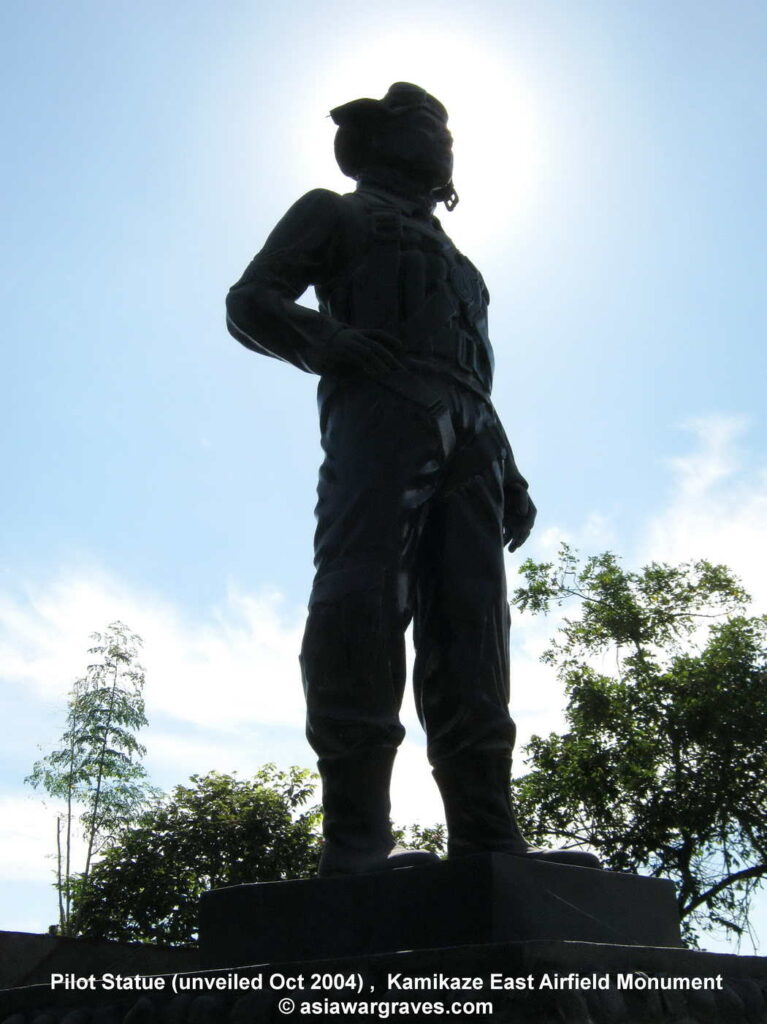
Sources: https://asiawargraves.com/japan/
Kamikaze West Airfield
Kamikaze West Airfield used to be the origin of the fleet of World War II fighter aviators (collectively called kamikaze) in Pampanga. Situated in Mabalacat City, the airfield is a memorial of historic events during the Japanese regime.
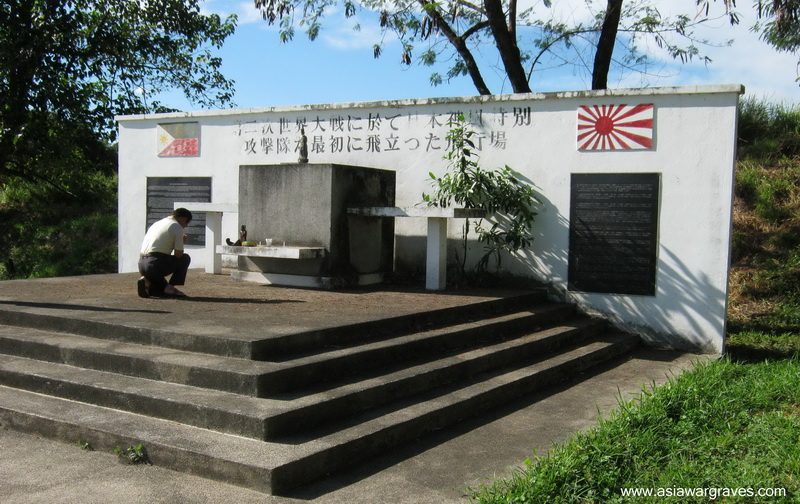
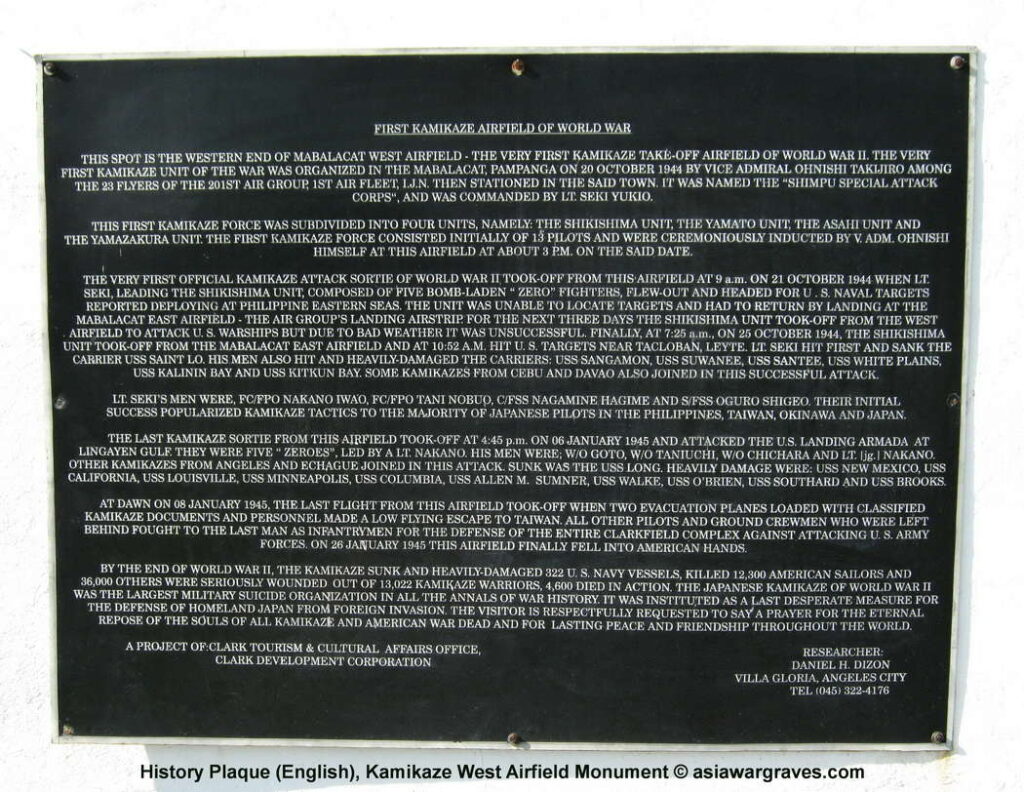
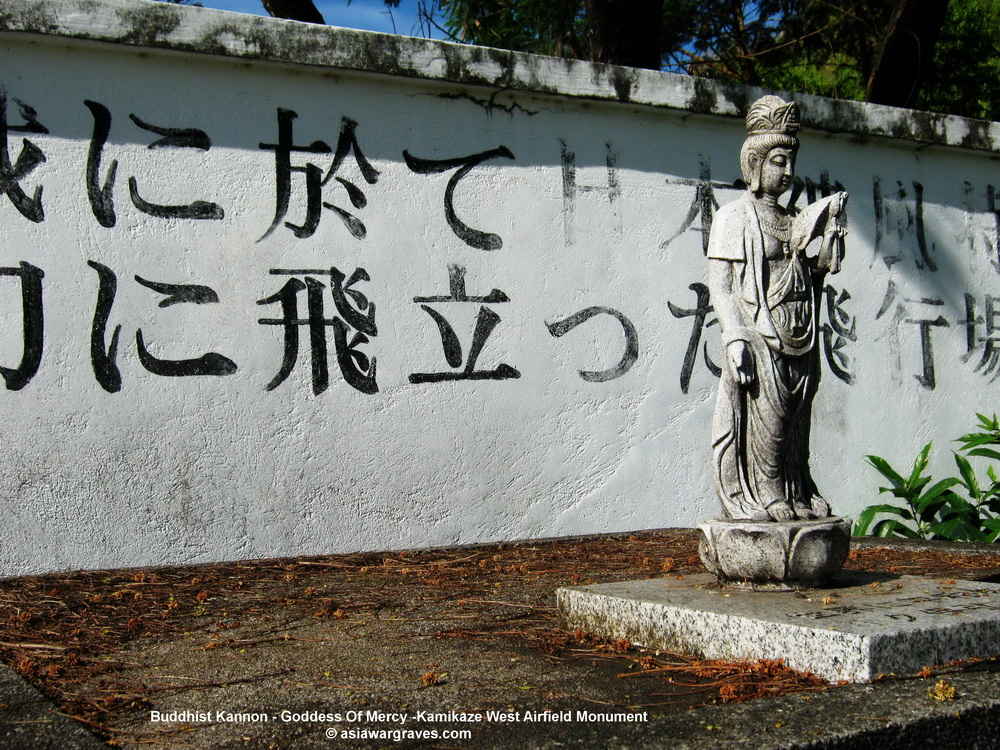
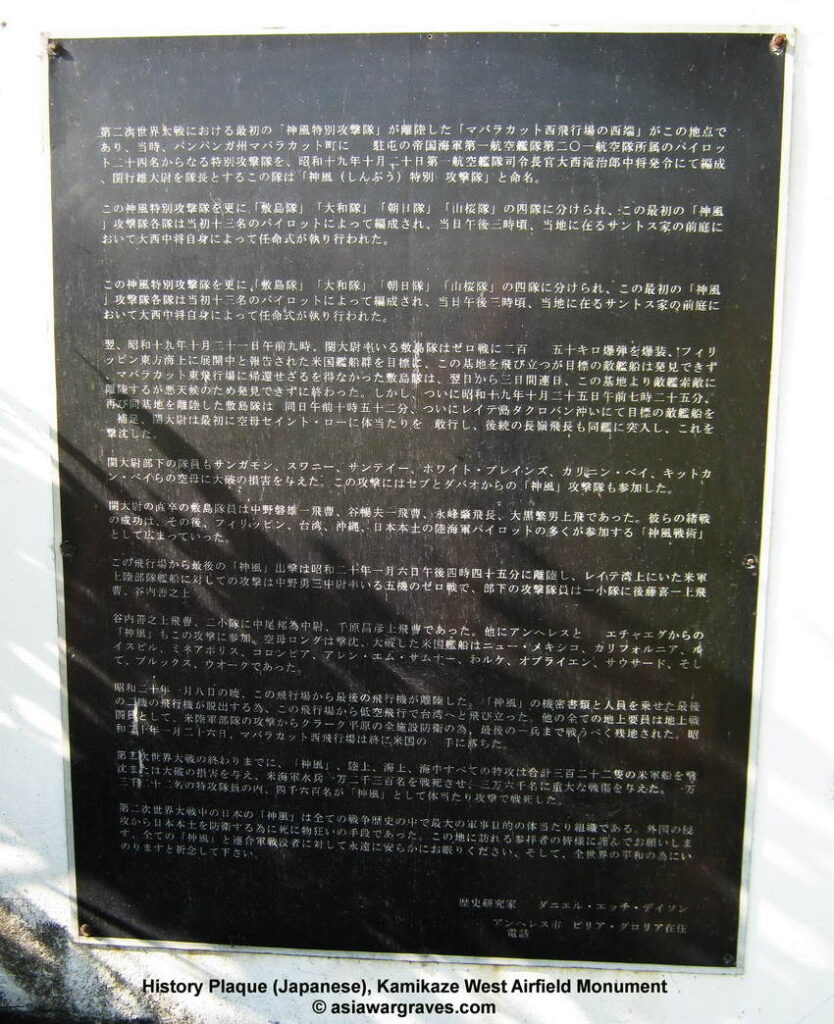
Sources: https://asiawargraves.com/japan/
Marcos Santos Residence
On October 20, 1944, the Marcos residence was used as an exact place where the Japanese Imperial Army led by Vic Admiral Takjiro Ohnishi ordered the 1st group of Kamikaze known as the Shimpu Special Attack Corps.
23 volunteers’ fliers from the 201st Air group, 1st Air fleet, Imperial Nippon Naval Air Force in the power of Commander Asaichi Tamai were among the first group of troopers to be allocated in Mabalacat City.
References:
*https://en.wikipedia.org/wiki/Mabalacat
*https://kapampangantraveller.wordpress.com/2018/02/27/caragan-festival-2018/caragan-festival-2018-77/
*https://asiawargraves.com/japan/
*For corrections or commentaries, please email us at whereinpampanga@gmail.com




